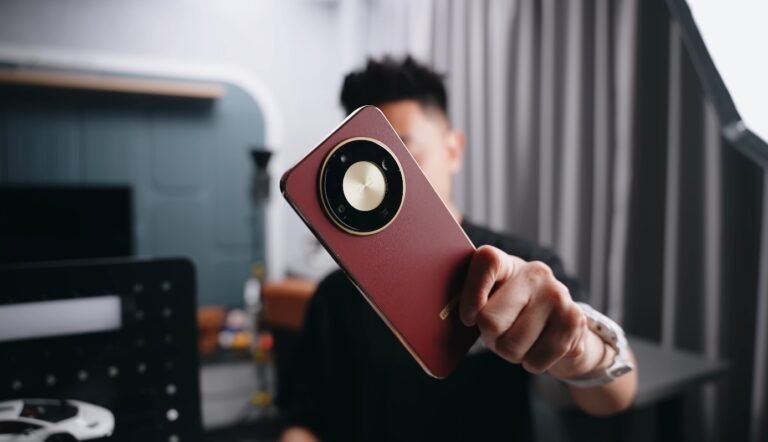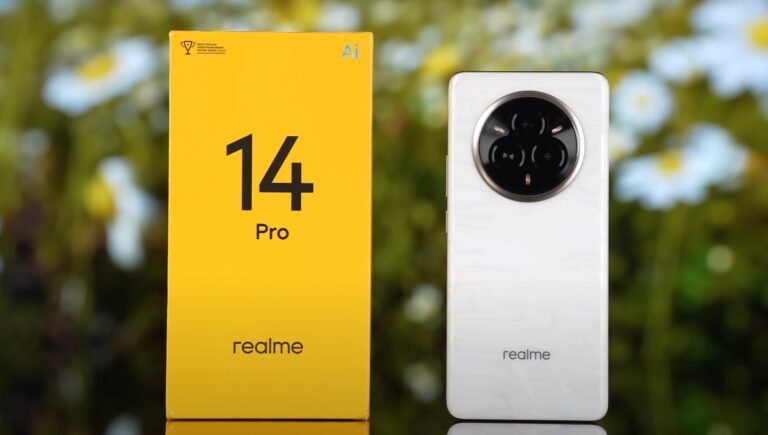POCO F8 Pro camera lens review: main, ultra-wide, telephoto – how good are they?

A Close Look at the POCO F8 Pro’s Triple-Camera System
The POCO F8 Pro positions itself as a value flagship, and much of its appeal comes from a camera setup that aims to deliver high-end performance without the premium price. With a main, ultra-wide and telephoto lens working together, the phone offers versatility for different shooting styles. Here’s how each lens holds up in real-world use.
The main camera is the strongest part of the system. Equipped with a high-resolution sensor and optical image stabilisation, it captures detailed and sharp photos in daylight. Colours appear natural, dynamic range is well-balanced and focusing is quick, making it reliable for everyday photography. Even in low light, the main lens performs respectably thanks to its stabilisation and processing, although noise can still appear in very dim environments.
Moving to the ultra-wide lens, performance becomes more modest. While it provides a broad field of view suitable for landscapes, architecture and group shots, its lower resolution means fine detail is not as crisp. In strong daylight, results are usable and generally pleasant, but there is visible softness towards the edges of the frame. At night, this lens struggles more noticeably, with increased grain and reduced colour accuracy.

The telephoto lens is a pleasant surprise for the price segment. Offering real optical zoom, it allows closer framing without relying solely on digital cropping. In good lighting, zoomed shots retain detail and hold focus well, giving the camera system added flexibility. Low-light performance isn’t as strong as the main lens, but for daytime portraits, pets, streetscapes or distant subjects, it performs better than many rivals in the same category.
Consistency across the three lenses is generally decent. Colours are mostly aligned when switching between sensors, though there may be slight differences in contrast or warmth in certain conditions. For users who take a mix of wide scenery, normal shots and moderate zoom photos, the camera system proves versatile enough for daily use and social sharing.
In video mode, the main lens again leads the performance. Footage appears stable, clear and well-exposed in typical lighting. The ultra-wide can capture smooth clips but sacrifices detail, while the telephoto offers a useful option for framing distant subjects with steady output. Overall video quality is strong for a value flagship.
Where the POCO F8 Pro shines is its balance between hardware ambition and affordability. The main and telephoto lenses perform above expectations for this segment, while the ultra-wide remains serviceable for casual use. Users who prioritise a capable, flexible camera without paying full flagship prices will find the overall experience very satisfying.
In summary, the POCO F8 Pro offers a well-rounded triple-camera setup with a standout main lens, a genuinely useful telephoto option and a functional ultra-wide camera. While it doesn’t match the absolute best flagship cameras, it delivers impressive versatility and value, making it a strong choice for photography-focused buyers in its price range.





